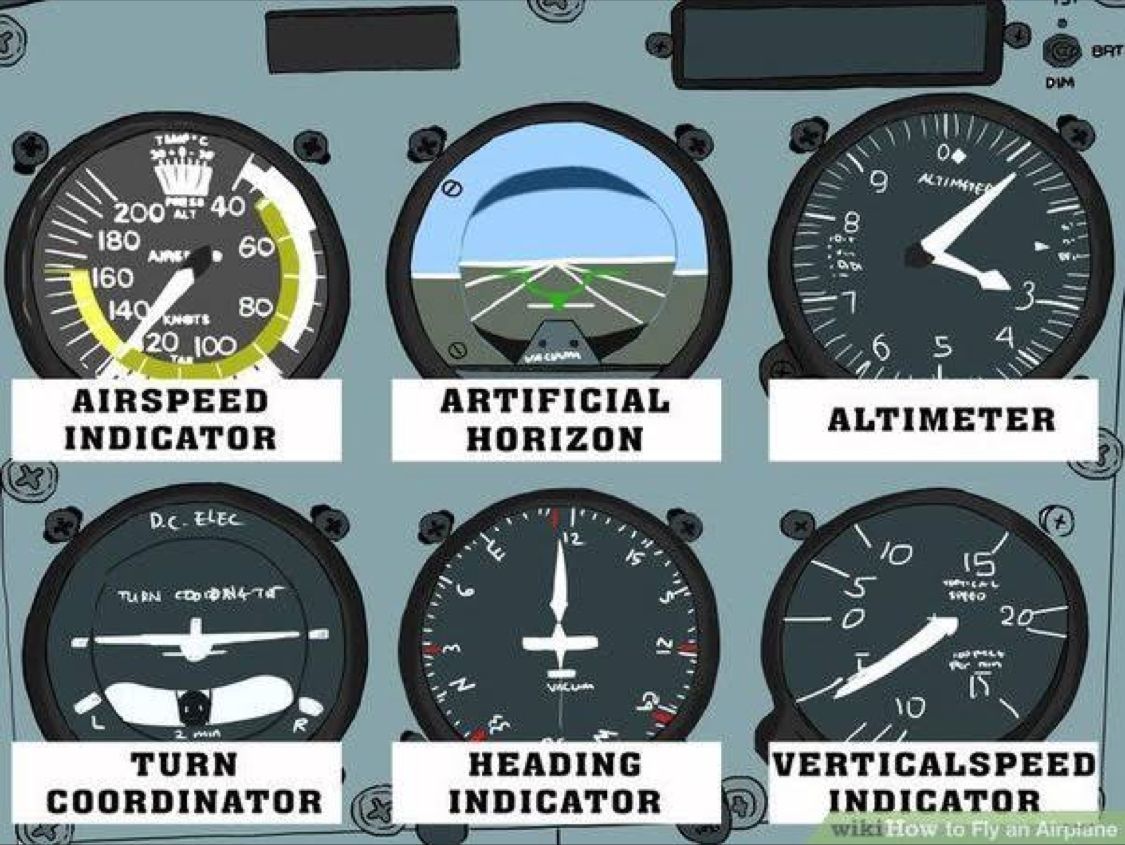IFR - Instrument Flight Rules
Posted by Manish Patil - Pilot Administrator at IndiGo (InterGlobe Aviation Ltd) on 26th Oct 2023


As it say “Instrument Flight Rules” where Pilot fly aircraft using it’s instruments.
It's a set of regulations and procedures that pilots follow when flying without visual reference to the ground. Instead, they rely on instruments and navigation aids in the aircraft, along with air traffic control services, to navigate and maintain safe separation from other aircraft.
IFR is used in conditions where visibility is poor, such as in clouds or low visibility weather.
Instrument Flight Rules several important functions:
1. Navigation in Poor Visibility: IFR allows pilots to navigate and fly safely in conditions with limited or no visibility, such as clouds, fog, or precipitation. This is essential for maintaining safety during adverse weather conditions.
2. Air Traffic Management: IFR facilitates the orderly flow of air traffic by providing a structured set of rules and procedures. Air traffic controllers use IFR to manage and separate aircraft, ensuring safe distances are maintained.
3. Safety: By relying on instruments and following established procedures, IFR helps prevent accidents that may occur due to disorientation or spatial awareness issues when pilots cannot see outside references.
4. Precision and Accuracy: IFR procedures demand precise navigation and altitude control using onboard instruments. This precision contributes to the overall safety and efficiency of air travel.
5. Emergency Situations: IFR procedures include protocols for handling emergency situations, providing pilots with standardized responses to unexpected events, enhancing the chances of a safe outcome.
IFR plays a crucial role in enabling safe and efficient air travel, particularly in adverse weather conditions where visual references are limited.
#aviationfacts#flight#safety#IFR#instrument#flight#rules#technology#airbus#boeing#pilot#training

